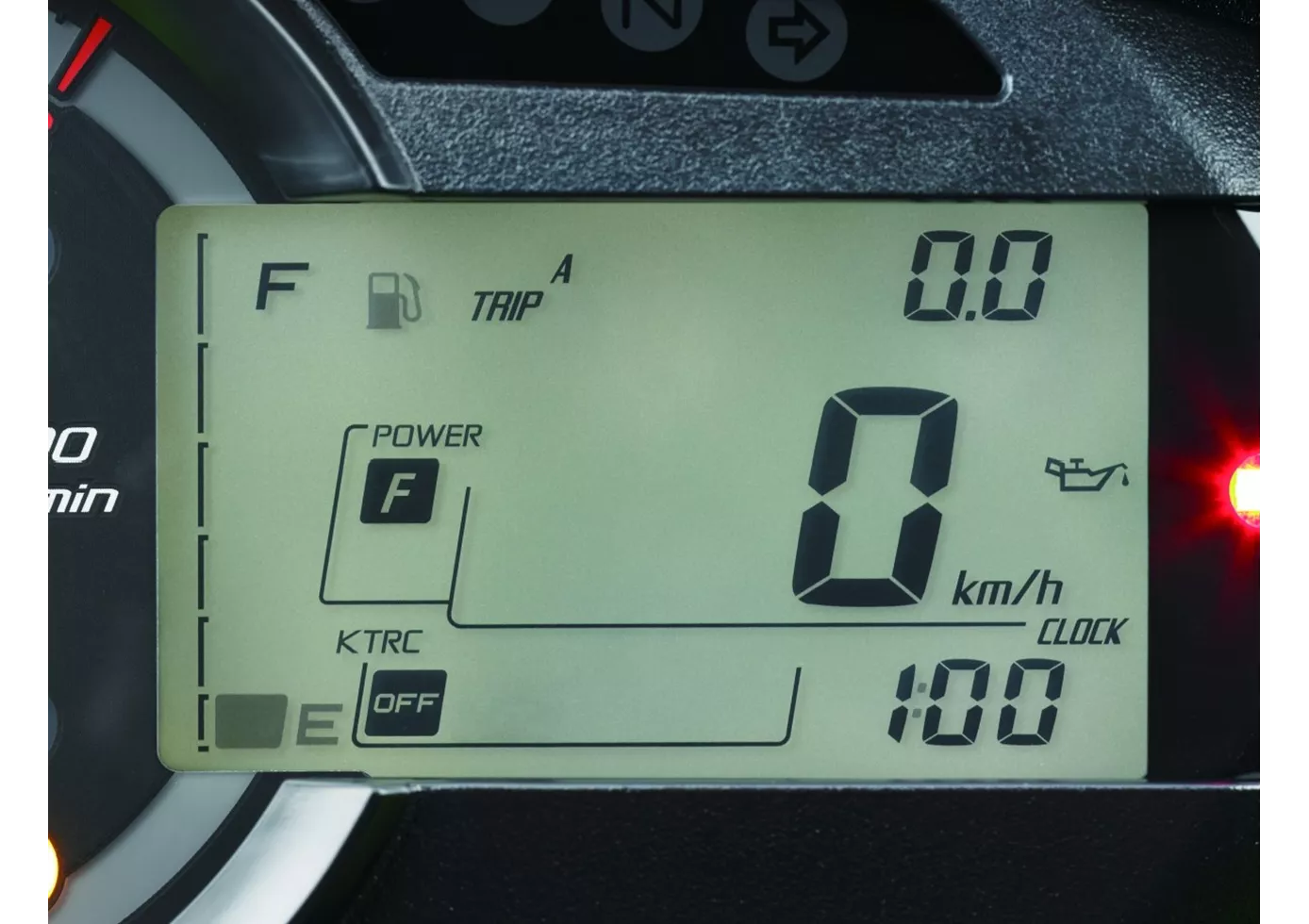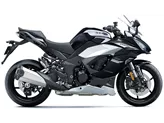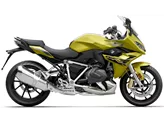Kawasaki ER-6n 2013 vs. Kawasaki Z1000SX 2014

Kawasaki ER-6n 2013

Kawasaki Z1000SX 2014
Visão geral - Kawasaki ER-6n 2013 vs Kawasaki Z1000SX 2014
The Kawasaki ER-6n 2013 and the Kawasaki Z1000SX 2014 are both motorcycles produced by Kawasaki, but they have several differences in terms of specifications and features.
Starting with the technical specifications, both motorcycles have an inline engine type and a chain transmission. However, there are significant differences in their power and torque. The ER-6n 2013 has a power output of 72 HP and a torque of 64 Nm, while the Z1000SX 2014 boasts a more powerful engine with 142 HP of power and 111 Nm of torque. This indicates that the Z1000SX 2014 is more suitable for riders who prefer a powerful and confident motor.
Another difference lies in the number of cylinders. The ER-6n 2013 has a 2-cylinder engine, while the Z1000SX 2014 has a 4-cylinder engine. This means that the Z1000SX 2014 has a more robust engine configuration, which can result in better performance and smoother operation.
In terms of cooling, both motorcycles have liquid cooling systems. This ensures that the engine remains at an optimal temperature during operation, enhancing its longevity and performance.

Kawasaki ER-6n 2013
Moving on to the braking system, both motorcycles have double disc brakes at the front. However, there is a difference in the number of pistons. The ER-6n 2013 has dual-piston brakes, while the Z1000SX 2014 has four-piston brakes. This suggests that the Z1000SX 2014 offers better braking performance and control.
When it comes to dimensions and weights, there are slight variations between the two models. The Z1000SX 2014 has a wider rear tire (190 mm) compared to the ER-6n 2013 (160 mm). Additionally, the Z1000SX 2014 has a longer wheelbase (1445 mm) compared to the ER-6n 2013 (1410 mm). These differences may affect the handling and stability of the motorcycles.
In terms of seating position, the Z1000SX 2014 has a slightly higher seat height (822 mm) compared to the ER-6n 2013 (805 mm). This may be more comfortable for taller riders but could pose a challenge for shorter riders.

Kawasaki Z1000SX 2014
Furthermore, the Z1000SX 2014 has a larger fuel tank capacity of 19 liters, providing a longer range compared to the ER-6n 2013 with a capacity of 16 liters.
Considering the strengths of each motorcycle, the ER-6n 2013 is praised for its solid handling and high level of quality. On the other hand, the Z1000SX 2014 is commended for its powerful and confident engine, suitable fairing for touring, sporty layout, good traction control, surprising versatility, and well-integrated pannier system.
However, both motorcycles have their weaknesses. The ER-6n 2013 is criticized for its weak brakes, while the Z1000SX 2014 is said to have unconventional handling in tight corners and a windshield that could be taller.
In conclusion, the Kawasaki ER-6n 2013 and the Kawasaki Z1000SX 2014 are two distinct motorcycles with varying specifications and features. The Z1000SX 2014 offers a more powerful engine, better braking performance, and additional features suitable for touring, while the ER-6n 2013 is appreciated for its solid handling and quality. Ultimately, the choice between the two would depend on the rider's preferences and intended use of the motorcycle.
Especificações técnicas Kawasaki ER-6n 2013 em comparação com Kawasaki Z1000SX 2014
Prós e contras em comparação
Prós e contras em comparação
Kawasaki ER-6n 2013

O motor é potente e muito divertido, e o ER brilha com um acabamento japonês meticuloso e um preço de combate.
Kawasaki Z1000SX 2014

A Z 1000 SX é um excelente meio-termo, na verdade a intersecção ideal entre a mota desportiva e a mota de turismo. Não há muitas motas que consigam fazer isto tão bem.
Comparação de preços Preço médio de mercado Kawasaki ER-6n vs Kawasaki Z1000SX
There are a few key differences between a Kawasaki ER-6n 2013 and a Kawasaki Z1000SX 2014. It takes less time to sell a Kawasaki ER-6n with 42 days compared to 74 days for a Kawasaki Z1000SX. Since model year 2006 1000PS.de editors have written 16 reviews for the Kawasaki ER-6n and 14 reviews for the Kawasaki Z1000SX since model year 2011. The first review for the Kawasaki ER-6n was published on 29/06/2005 and now has more than 11 200 views. This compares to more than 9 900 views for the first review on Kawasaki Z1000SX published on 05/10/2010.





















